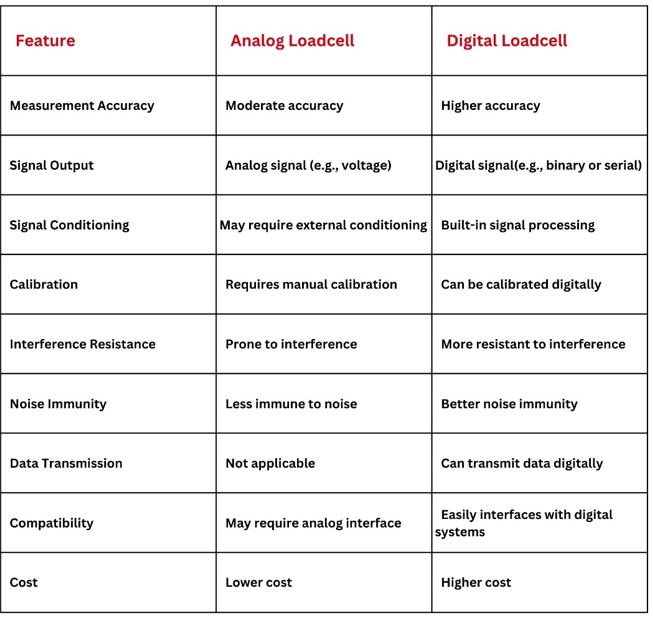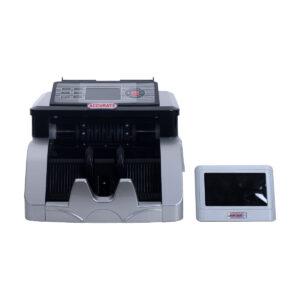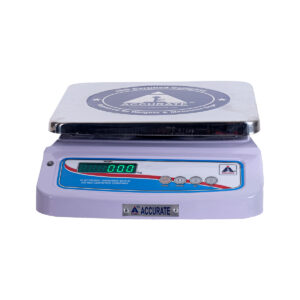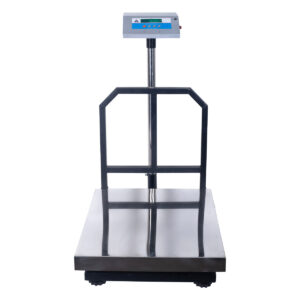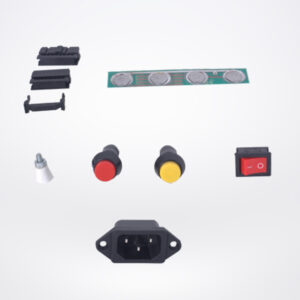Leveraging IoT for Remote Metrology Monitoring
In recent years, the Internet of Things (IoT) has emerged as a transformative technology in various industries, and legal metrology is no exception. IoT-enabled devices and sensors are revolutionizing the way measurement instruments are monitored and managed, offering numerous benefits to organizations across different sectors. Here’s how leveraging IoT for remote metrology monitoring can enhance operational efficiency and compliance.
Real-Time Data Collection:
IoT sensors installed on measuring instruments collect data in real time, providing continuous insights into their performance and accuracy. This real-time monitoring allows organizations to detect anomalies or deviations promptly, minimizing the risk of inaccurate measurements and ensuring compliance with legal metrology standards.
Predictive Maintenance:
By analyzing data collected from IoT sensors, organizations can predict when a measuring instrument is likely to require maintenance or calibration. Predictive maintenance helps prevent equipment downtime and costly disruptions by addressing issues before they escalate. It also ensures that measuring instruments remain in optimal condition, maintaining measurement accuracy and compliance.
Remote Calibration and Adjustment: IoT-enabled measuring instruments can be calibrated and adjusted remotely, eliminating the need for physical intervention by technicians. Through IoT platforms, organizations can remotely initiate calibration procedures and make adjustments to ensure that instruments remain accurate and compliant. This remote capability enhances operational flexibility and reduces the time and resources required for maintenance activities.
Comprehensive Data Analysis:
IoT platforms enable organizations to analyze vast amounts of data collected from measuring instruments, uncovering valuable insights into performance trends and patterns. By leveraging advanced analytics techniques, organizations can optimize calibration schedules, identify opportunities for process improvement, and enhance overall metrological performance. This data-driven approach enables organizations to make informed decisions that maximize efficiency and compliance.
Real-Time Data Collection:
IoT sensors installed on measuring instruments collect data in real time, providing continuous insights into their performance and accuracy. This real-time monitoring allows organizations to detect anomalies or deviations promptly, minimizing the risk of inaccurate measurements and ensuring compliance with legal metrology standards.
Predictive Maintenance:
By analyzing data collected from IoT sensors, organizations can predict when a measuring instrument is likely to require maintenance or calibration. Predictive maintenance helps prevent equipment downtime and costly disruptions by addressing issues before they escalate. It also ensures that measuring instruments remain in optimal condition, maintaining measurement accuracy and compliance.
Remote Calibration and Adjustment: IoT-enabled measuring instruments can be calibrated and adjusted remotely, eliminating the need for physical intervention by technicians. Through IoT platforms, organizations can remotely initiate calibration procedures and make adjustments to ensure that instruments remain accurate and compliant. This remote capability enhances operational flexibility and reduces the time and resources required for maintenance activities.
Comprehensive Data Analysis:
IoT platforms enable organizations to analyze vast amounts of data collected from measuring instruments, uncovering valuable insights into performance trends and patterns. By leveraging advanced analytics techniques, organizations can optimize calibration schedules, identify opportunities for process improvement, and enhance overall metrological performance. This data-driven approach enables organizations to make informed decisions that maximize efficiency and compliance.
